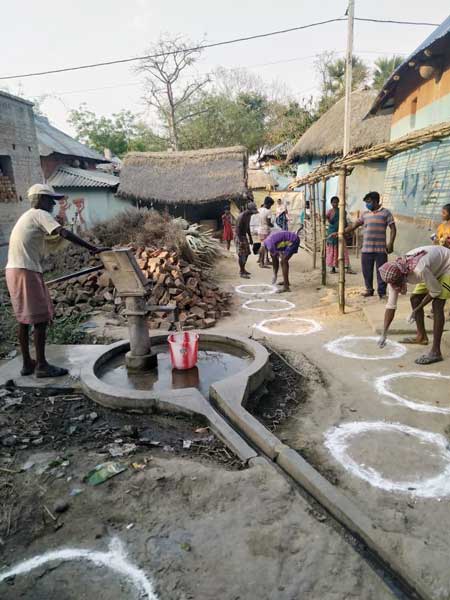
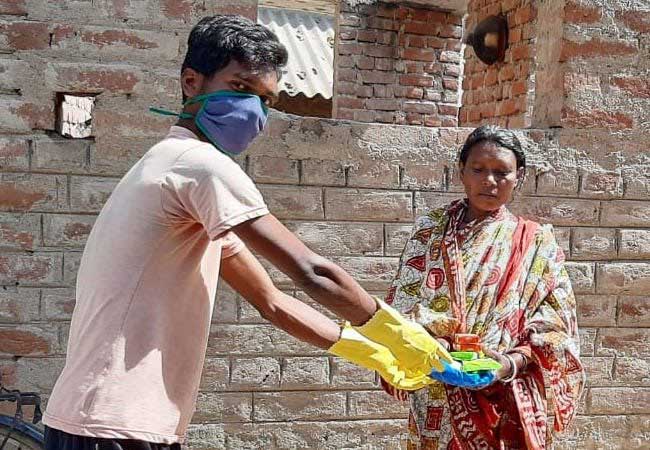
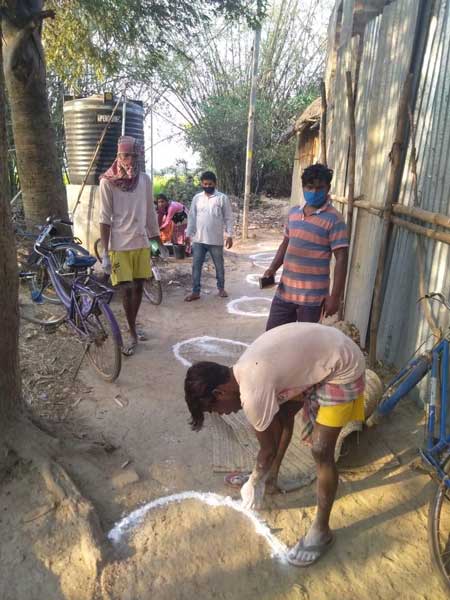
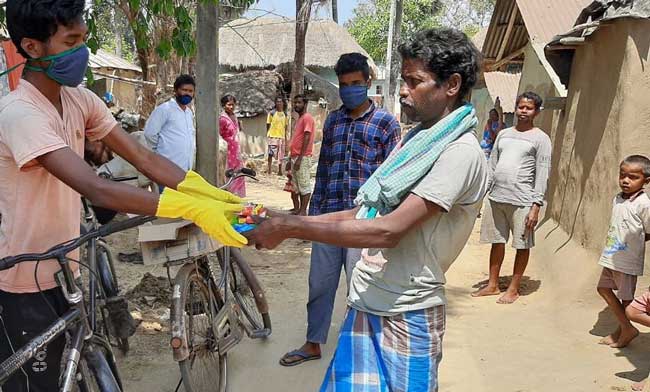
World Health Organization (WHO): Coronavirus disease (COVID-19) advice for the public
https://www.who.int/emergencies/diseases/novel-coronavirus-2019/advice-for-public >>
Listen to Song of Corona II | Boro Baski
This is an attempt to connect the community in these difficult times of so-called “social distancing” through a Santali song in traditional tune. We believe that celebrating our collective memory of love, pain, despair and struggles in life will act as a remedy in any crisis situation, even in the present one. Let’s march on this journey with solidarity and brotherhood. Johar! | Learn more >>
Dr. Boro Baski works for the community-based organisation Ghosaldanga Adibasi Seva Sangha in West Bengal. The NGO is supported by the German NGO Freundeskreis Ghosaldanga und Bishnubati. He was the first person from his village to go to college as well as the first to earn a PhD (in social work) at Viswa-Bharati. This university was founded by Rabindranath Tagore to foster integrated rural development with respect for cultural diversity. The cooperation he inspired helps local communities to improve agriculture, economical and environmental conditions locally, besides facilitating education and health care based on modern science.
He authored Santali translations of two major works by Rabindranath Tagore, the essay “Vidyasagar-Charit” and the drama Raktakarabi (English “Red Oleanders”), jointly published by the Asiatic Society & Sahitya Akademi (India’s National Academy of Letters) in 2020.
Other posts contributed by Dr. Boro Baski >>
Ghosaldanga Bishnubati Adibasi Trust
Registration under Trust Registration Act 1982
P.O. Sattore, Dist. Birbhum
West Bengal-731 236
India
For inquiries on Santal cultural and educational programs, please contact:
Mob. 094323 57160 or [email protected]
India’s healthcare spending, including both private and public, has been around 3.6% of GDP for the past six years, the lowest percentage in the five Brics countries: Brazil spent the most at 9.2%, followed by South Africa at 8.1%, Russia at 5.3% and China at 5% in 2018. Developed nations spend a far higher proportion of their GDP on health. In 2018, for instance, spending in the US was 16.9% and Germany 11.2%. Even smaller nations like Sri Lanka (3.76%) and Thailand (3.79%) spend more than India. And India has fewer than 10 doctors per 10,000 people, and in some states the figure is less than five.
Source: Vikas Pandey in “Coronavirus: How India descended into Covid-19 chaos” (BBC News. 5 May 2021)
URL: https://www.bbc.com/news/world-asia-india-56977653
Date Visited: 4 June 2021
[Bold typeface added above for emphasis]
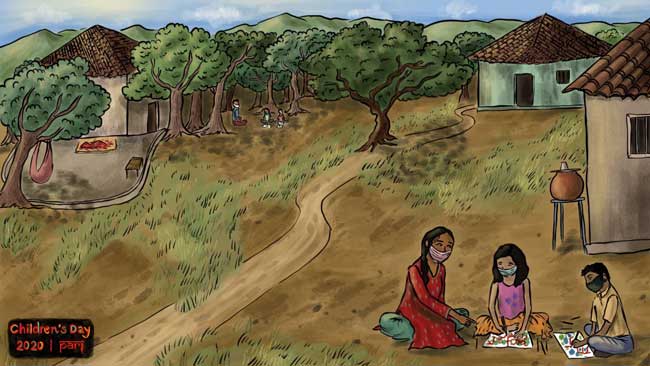
Related posts: how India’s tribal communities cope with the pandemic >>
Covering the human cost of Covid-19
The nationwide Covid-19 lockdown that started on March 25 [2020] has triggered distress for millions of ordinary Indians – stranded migrant workers, farmers, sugarcane cutters, Adivasis, Dalits, sanitation workers, construction labourers, cancer patients staying on city pavements, brick kiln labourers, pastoral nomads, and others. While many are on the brink with no work, income or food, several continue to work amid extremely hazardous conditions | Read about them in these PARI reports from across the country >>
Learn more
Audio | Santali Traditional and Fusion Songs: Ghosaldanga Bishnubati Adibasi Trust
eBook | Free catalogue: Banam: One of the ancient musical instruments of the Santals
eBook | Free catalogue: Museum of Santal Culture (Bishnubati) – West Bengal
Museum of Santal Culture Bishnubati
Santal | Santal Parganas | The Santals by Boro Baski | Santal music
Santal democratic organisations, customs, history and creation traditions (book tip)
Santali language | eBook | A Santali-English dictionary – Archive.org
Santal mission | Santal Parganas
Santali translations of Rabindranath Tagore’s “Vidyasagar-Charit” and “Raktakarabi”
Teaching Santal children by Boro Baski
Traditional music instruments of the Santals at the Museum of Santal Culture
Video | Roots and Branches: The Lifeworld of an Enlightened Villager in West Bengal
Video | Santali video album “Ale Ato” (Our Village, Part 1 of 2) – West Bengal